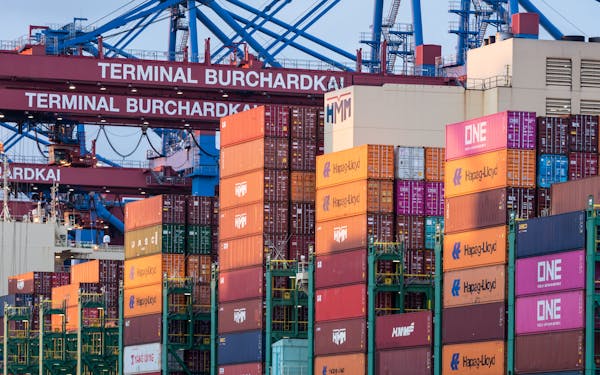Shipping Automated Equipment from Guangzhou/Shenzhen, China to Puerto Quetzal, Guatemala
1. Shipping Methods: FCL vs LCL
Full Container Load (FCL):
For larger shipments that require dedicated space, FCL is the most efficient and cost-effective option. With FCL, your goods are shipped in a 20-foot or 40-foot container, which is filled exclusively with your cargo. FCL shipments offer benefits such as:
- Security: No need to worry about sharing container space with other goods, reducing the risk of damage.
- Faster Processing: Since your cargo is the only one in the container, customs clearance and unloading at the port can be quicker.
- Ideal for bulkier goods: If the automated machinery is heavy or occupies significant space, FCL is the best choice.
Less than Container Load (LCL):
For smaller shipments that don’t require a full container, LCL is a more economical solution. In LCL shipping, your goods are consolidated with cargo from other customers into one container. While this option can be cost-effective for smaller shipments, it may take a little longer as the consolidation process adds time to the transit schedule.
- Cost-effective for smaller shipments: You only pay for the space your goods occupy in the container.
- Longer transit times: The consolidation process may lead to a slightly longer journey.
- Shared space: While LCL is more affordable, there is a risk of potential damage due to cargo from multiple shippers sharing the same container.

2. Sea Freight Voyage Duration
The sea voyage from Guangzhou or Shenzhen to Puerto Quetzal typically takes around 32 days. However, this duration can vary depending on the specific shipping line, weather conditions, and any potential delays at transshipment ports. It is important to plan accordingly and allow for some flexibility in the timeline.
3. CIF (Cost, Insurance, and Freight) Shipping Terms
Under CIF shipping terms, the seller (shipper) covers the cost of goods, insurance, and freight up to the destination port (Puerto Quetzal). The buyer only needs to arrange for customs clearance and inland transportation after the goods arrive at the port.
This means that:
- The seller pays for transportation from China to Puerto Quetzal, including freight charges and marine insurance.
- The buyer is responsible for unloading the goods at the port, customs duties, and any inland delivery costs within Guatemala.
CIF shipping is beneficial as it offers an all-in-one solution for international shipments, ensuring that goods are transported safely with insurance coverage throughout the journey.

4. Packaging of Automated Equipment
Proper packaging is crucial to ensure that automated machinery or equipment arrives in Puerto Quetzal in good condition. Here’s how you should package your equipment for the sea voyage:
Step 1: Protection from Moisture and Weather Conditions
Sea voyages expose cargo to varying weather conditions, including saltwater exposure and humidity. Therefore, it’s important to package your equipment in moisture-resistant materials, such as:
- Plastic shrink wrap: This wraps around the equipment to protect it from moisture.
- Waterproof covers: For sensitive items, use waterproof covers to shield them from rain or humidity.
Step 2: Cushioning and Securing the Cargo
The automated machinery can be fragile and should be properly cushioned to prevent damage during transit. This can be done using:
- Foam or bubble wrap: Wrap the equipment in layers of foam or bubble wrap for shock absorption.
- Wooden crates or pallets: For heavier or bulky items, it’s best to pack the equipment in wooden crates or on sturdy pallets, which can be securely fastened inside the container.
Step 3: Labeling and Documentation
Ensure that all equipment is properly labeled with clear identification markings. This includes:
- Shipping labels: Include the consignee details, destination port, and handling instructions.
- Handling and warning labels: Indicate if the items are fragile, require special handling, or should be stored in specific conditions (e.g., temperature-sensitive).
Step 4: Container Loading
When loading your equipment into the container, ensure that it is evenly distributed and properly secured to prevent shifting during the voyage. The use of straps or tie-downs is essential to keep everything in place. Be mindful of the space available and try to maximize the load efficiently without overpacking.



